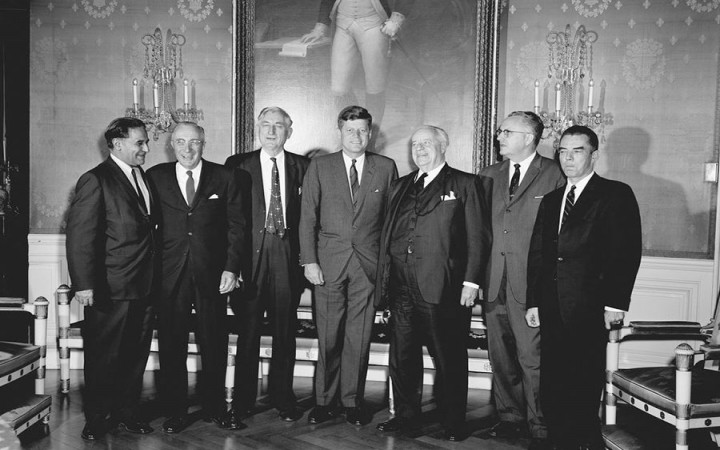Today’s Wonder of the Day was inspired by Lauren. Lauren Wonders, “What is Congress?” Thanks for WONDERing with us, Lauren!
Have you ever had to stand up for what you believe? It can be very hard to stand up to others. Today’s Wonder is about a man who worked hard to achieve his goals and stand up for his beliefs at the same time. Let’s learn together—who was Dalip Singh Saund?
Dalip Singh Saund was born in India in 1899. His parents had never gone to school, but they wanted Saund to get an education. When he was very young, there were no public schools where he lived. His father and uncles had to work to earn enough money to open a one-room school that he could attend. Then, when he was only eight years old, Saund’s parents sent him to boarding school.
Saund worked very hard in school, and he finally graduated from the University of the Punjab with a degree in mathematics. He wanted to learn more, and help his family business. His family agreed to send him to the U.S. to continue studying. His plan was to learn about canning foods so that he could come back and start a fruit-canning business in India.
When he came to the U.S., he traveled to California and started studying at the University of California at Berkeley. Saund soon stopped studying about food, though. He was more interested in mathematics. In 1924, he earned his PhD in mathematics.
At that time, India was part of the British Empire. Saund, like many Indians, wanted independence from Britain. While at school in California, he joined the Hindustani Association of America and became its national president. As part of this group, he advocated for Indian independence whenever he could. When Saund had finished his PhD, his family warned him that it might not be safe for him to return. They told him that the British government did not like him advocating for independence.
Saund decided to stay in California, but it was hard to find work. He faced racism and discrimination. He did not give up, however. He started working on a farm owned by some friends and eventually earned enough to buy his own land. He married and had three children. As a farmer, Saund had some successes and some setbacks. After 20 years of farming, he started a fertilizer company.
All this time, Saund had been following politics. He was not only interested in Indian independence—he became very involved in U.S. and California politics as well. He made many speeches about issues that were important to him. But he could not run for office because he was still an Indian citizen. So he worked to help pass a bill that would allow Indian immigrants like him to become U.S. citizens. In 1946, that bill finally passed. Saund became a U.S. citizen in 1949.
In 1950, he ran for his first elected office—and won! Unfortunately, he could not hold office because he had not been a citizen for a whole year. But two years later, he tried again. Many told him they would never vote for an Indian man. He did not give up. Saund was elected as a judge in 1952 and was able to take office. He had won again!
Saund wanted to have even more of a voice in the government. In 1956, he ran for Congress. His wife and children worked to help him win voters. Again, he faced racism from many people. He ignored it and continued to campaign about the issues that mattered most to voters. Again, he won! In 1957, he became the first Asian American U.S. Representative to Congress.
He won more elections to Congress, in 1958 and 1960. During his time in office, he worked hard for his constituents, many of whom were farmers or farm workers. He also supported the 1957 Civil Rights bill that began to protect voting rights for Black Americans. Saund also served on the Foreign Affairs Committee. That was an important role for a new representative, especially during the Cold War.
Just before Saund was set to run for re-election, he had a stroke. He lost the 1962 election, and could not run for office again. When he had another stroke and died ten years later, the House of Representatives made speeches in his honor. Saund had broken barriers as the first Asian American representative to the U.S. House. He also worked hard and consistently for the people he represented. Have you ever faced discrimination like Judge Saund? What would YOU do?
Standards: CCRA.R.1, CCRA.R.10, CCRA.L.3, CCRA.L.4, CCRA.L.5, CCRA.L.6, CCRA.W.2, CCRA.W.4, C3.D2.Civ.1, C3.D2.Civ.3, C3.D2.Civ.5, C3.D2.Civ.8 C3.D2.Civ.10




